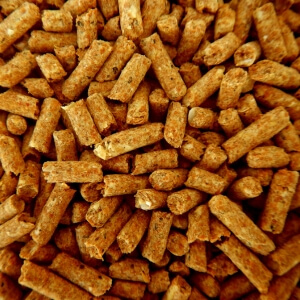
CANADIAN BARLEY
Canada’s diverse geography and climate provide ideal conditions for growing barley. The country’s primary barley-growing provinces are Alberta, Saskatchewan, and Manitoba, collectively accounting for the majority of the barley crop. These regions benefit from rich soils, moderate temperatures, and ample rainfall, all conducive to cultivating this versatile grain. Other provinces, such as Ontario and Quebec, also contribute to barley production, albeit to a lesser extent.
Western Canada, including Alberta and British Columbia, plays a prominent role in barley cultivation.


What companies are prominent in selling and supplying Barley in Canada?
One prominent company that sells and supplies barley in Canada is Bennett’s Seed. As a Canadian Barley Producer, Supplier, and Exporter, Bennett’s Seed stands out in the industry. Canada, being one of the largest producers and exporters of barley globally, Bennett’s Seed takes pride in its leading role. The company prioritizes delivering high-quality barley products that align with customer standards and expectations. With a wealth of experience and expertise in the field, Bennett’s Seed is dedicated to providing top-notch service and products to its clients, ensuring its continued prominence in the global market.

What is Two-row malting barley?
This type of barley is favored for its use in beer production due to its high enzyme content and low protein levels, which are ideal for the malting process.
It is typically cultivated in regions with specific climatic conditions and soil characteristics that favor malt barley growth, such as regions with cool temperatures and well-drained soils.
Two-row malting barley is carefully managed throughout its growth cycle to ensure optimal quality for brewing purposes.
Varieties of two-row malting barley may include popular cultivars like ‘Golden Promise‘ or ‘Maris Otter‘, prized for their distinct flavor profiles in brewing.


Canada Barley is a website managed by Bennett's Seed Company.
Six-row feed barley
Unlike malting barley, six-row feed barley is primarily grown for use as livestock feed, as it tends to have higher protein content and lower enzymatic activity compared to malting varieties.
This type of barley is often cultivated in areas with less favorable growing conditions, such as regions with poorer soil quality or less consistent moisture levels.
Six-row feed barley serves as an essential component of animal diets, providing a source of carbohydrates, protein, and other nutrients necessary for livestock growth and health.




What is Hulless barley
Hulless barley varieties lack the tough outer hull present in traditional barley types, making them easier to process and often preferred for certain food applications.
This type of barley is commonly used in food products such as cereals, bread, and soups, where the removal of the hull simplifies processing and enhances digestibility.
Hulless barley retains all the nutritional benefits of traditional barley but offers added convenience and versatility in culinary uses.
Covered or hulled barley

Covered barley, also known as hulled barley, retains its tough outer hull, which must be removed before consumption or processing.
While hulled barley requires extra processing steps compared to hulless varieties, it is still utilized in both human and animal nutrition.
Covered barley is often used as a component of livestock feed, providing a source of energy and fiber, but it can also be incorporated into human diets in dishes like soups, stews, and pilafs.
Barley for feed
Certain barley varieties are cultivated specifically as a forage crop for livestock, providing a nutrient-rich feed source during the growing season.
Barley for green feed is typically harvested at an early stage of growth when the plant is still tender and high in nutritional value.
This type of barley is often grazed by livestock directly in the field or harvested and preserved as silage or hay for later feeding, contributing to the overall nutrition and health of the animal herd.



